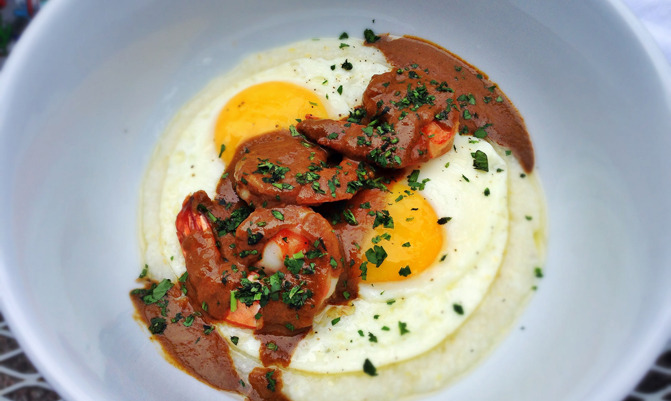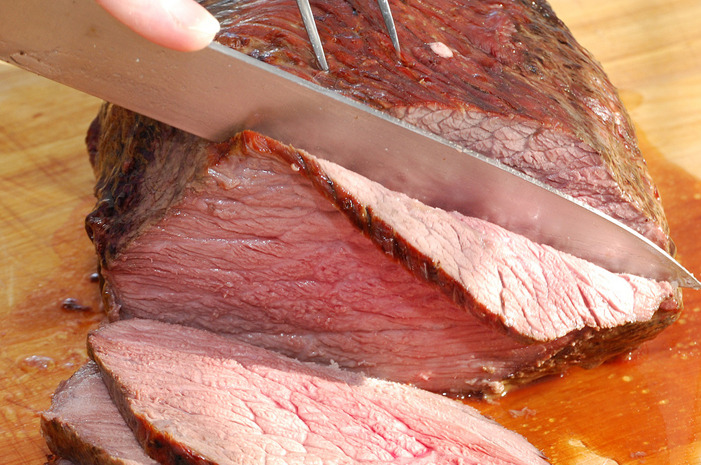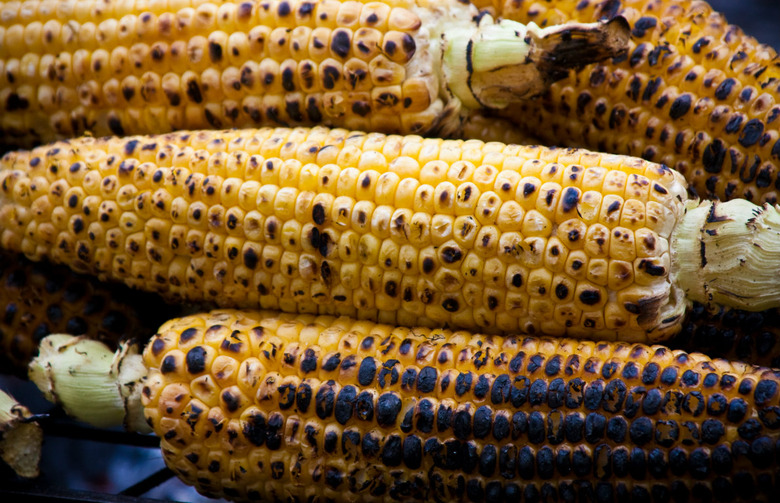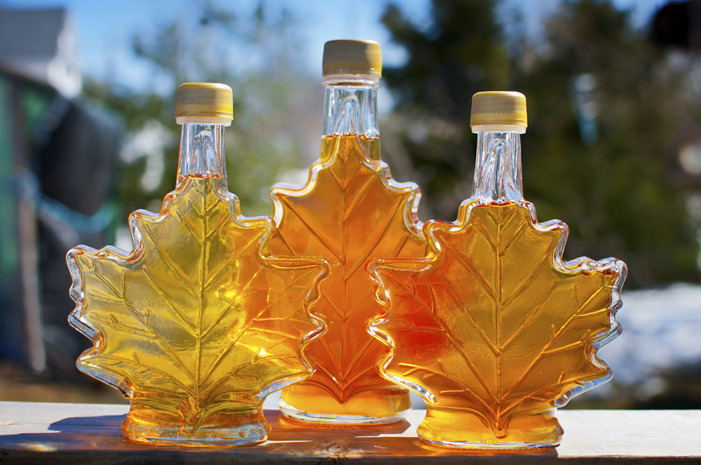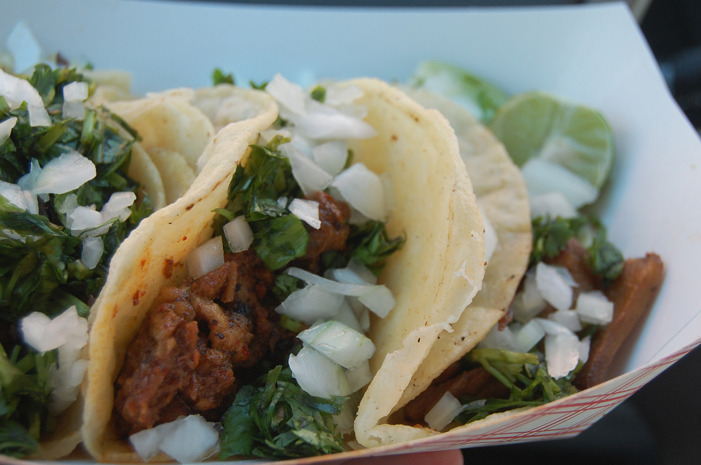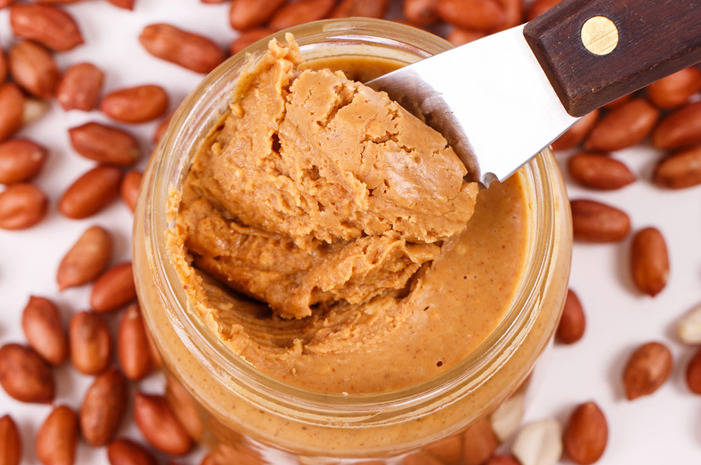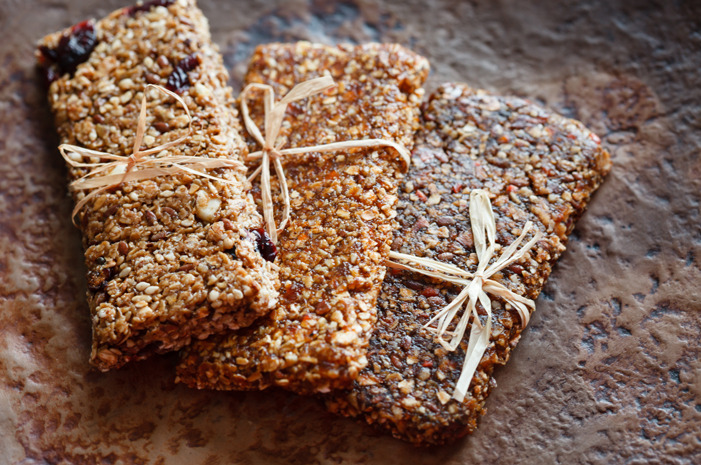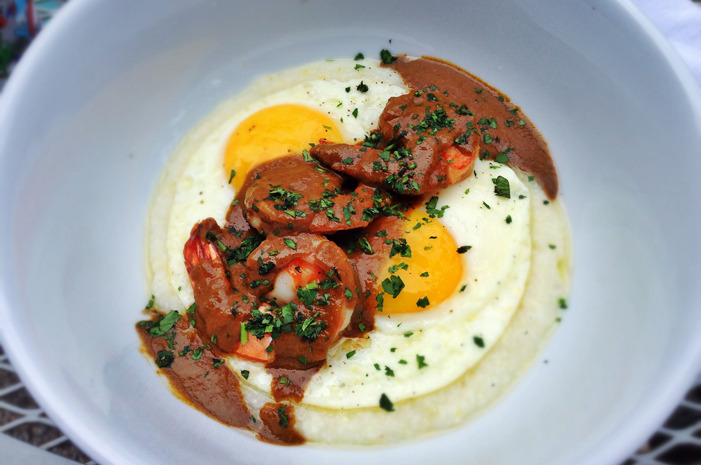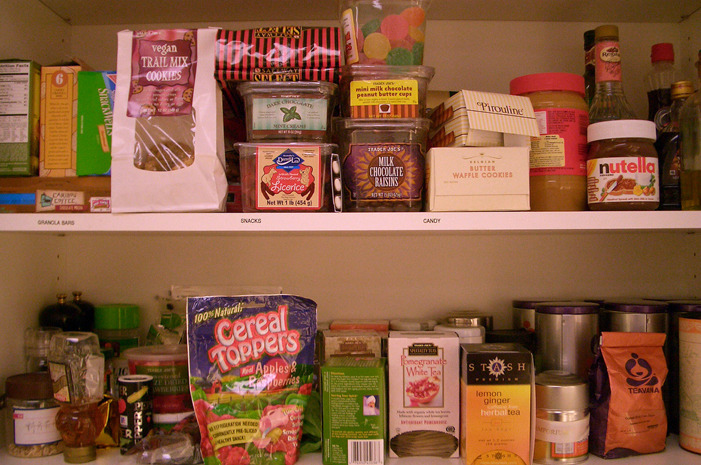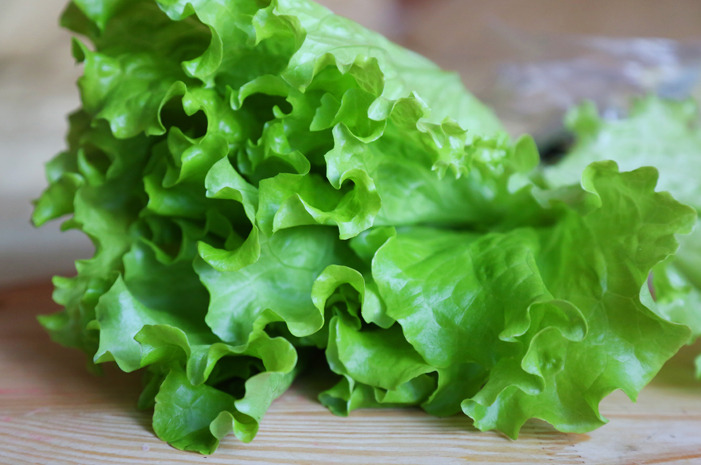9 Foods Americans Miss Most When Traveling And Living Abroad
For culinary travelers, each voyage is an Amazing Epicurean Race, an attempt to devour as many regional dishes as possible before returning home. We usually don't stay long enough (the average American takes 16 days off work each year, and only part of that is real vacation) to long for hometown eats. How can you crave a bagel when faced with the buttery baked nirvana of pain au chocolat and kouign-amanns at your Parisian boulangerie?
Beef
Sure, there's good beef in France (the famous Charolais), Italy (bistecca fiorentina, anyone?), Australia, and certainly Argentina, among other places — but carnivorous expats often find themselves craving American beef. Meat tastes different abroad due to different diets, additives, and breeds; ceci n'est pas un hamburger. Then, there's the issue of finding familiar cuts, as every culture butchers animals differently. For instance, brisket, a barbecue mainstay, is tough to track down in Germany. This cut differential goes both ways; when I served short ribs to Japanese friends, they were stunned to find our thick Yankee version instead of their skinny cut.
Corn on the Cob
While people eat corn around the world, this specific way of eating corn — biting into a torpedo of grains just off the fire — is lost on a lot of Europeans, many of whom think corn is for livestock. Even the most kitschy American restaurants abroad don't have it on their menus. Attitudes toward corn on the cob are changing, however, and you'll occasionally find it in Europe, but due to its newish status as a hot food commodity, it tends to be over- or undercooked. Chowhound users say they have seen corn sold on the cob in Taiwan, Turkey, and Japan, where it is a great novelty, but most of them agree that it tastes pretty awful — in general, it is served with no seasoning and the kernels just aren't as plump as the ones we're used to here in America. One country that does understand corn on the cob is Mexico, where a popular street food is corn on the cob grilled, then slathered with butter or mayonnaise, chili powder, and cheese and moistened with lime juice.
Maple Syrup
North America's breakfast condiment and donut flavor du jour is missed by many abroad. With almost all of maple syrup's production taking place in the United States and Canada, the sweet sap has not caught on internationally, making it hard to come by. Wistful thinking: Now that brunch has been adopted around the globe, perhaps maple syrup will make more of an appearance on foreign grocery shelves.
Mexican Food
Expats bemoan how little olé they have in their diet. The difficulty in sourcing essential ingredients — spices, chiles, handmade tortillas, and tasty avocados — means many Mexican restaurants fall flat. But there's hope at least on the Tex-Mex side of things. South-of-the-border food trucks are popping up worldwide, from Paris's Señor Boca to Stockholm's El Taco Truck to Dos Diablos in Melbourne, Australia.
Peanut Butter
As American as apple pie, peanut butter is one of the most missed foods. That's because our beloved spread is hard to find — Europeans opt for hazelnut-based Nutella instead. The PB void has a trickle-down effect, so peanut butter cookies and Reese's Peanut Butter Cups are equally MIA.
Protein Bars
America's on-the-go eaters rely on protein bars to fuel their busy days. Our latest version of fast food has not caught on in other countries, where eating takes place at the table, not in the car, at a desk, or while walking on a sidewalk. Then again, with Starbucks gaining popularity internationally, perhaps these shrink-wrapped meals will become more available abroad.
Regional Cuisine
Tourist traps across the globe serve all-American fare like hamburgers and ice cream. Yet Yanks have a hard time scoring regional dishes that are distinct to their neck of the woods. Southerners pine for shrimp and grits. Texans crave their homestyle BBQ. Heather Galloway, an American who calls London home, longs for the lobster and steamers of her Northeastern roots.
Snack Foods
Even in this age of farm-to-table fare, Americans long for snack foods and packaged goods. It's because these boxes of familiarity and nostalgia taste like home; often, these are flavors that have been tempting our taste buds since childhood. Jude Smith, the American mom in Paris, has Pop Tarts, Annie's mac and cheese, Trident gum, and Trader Joe's organic fruit leathers on her family's most-missed list. To prevent any panic snack attacks, she sneaks them into her suitcase on trips back from the United States.
Variety
This certainly isn't true in big, international, food-conscious cities like London, Paris, Barcelona, Sydney, or São Paulo, but in smaller, poorer countries, Americans often lament the lack of variety on market shelves. Stafford, the aforementioned American in Ethiopia, notes the limited choice of wine (the country has mostly "expensive South African"), cheese (some "passable Gouda and Brie") and lettuce ("only one kind of basic green.") The absence of "endive, romaine, and butter lettuce makes it hard to make a decent salad." When she shares how "we truly don't realize how lucky we have it," it makes me pause to appreciate the food of the U.S. of A.
